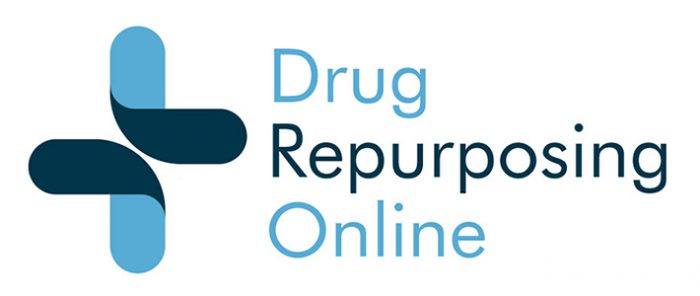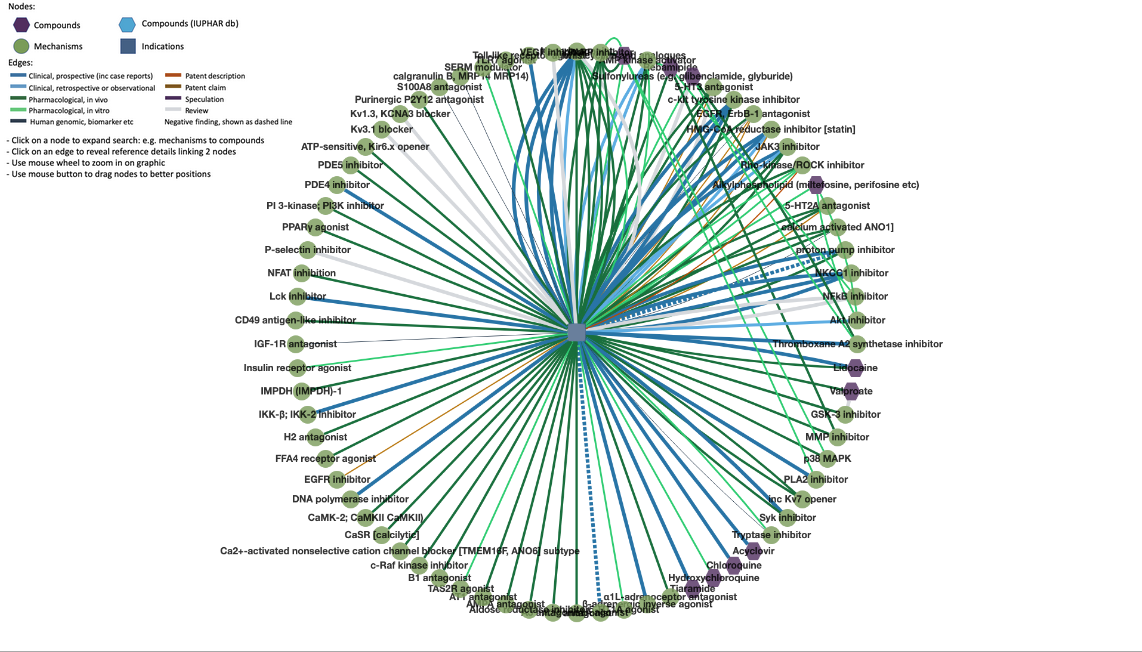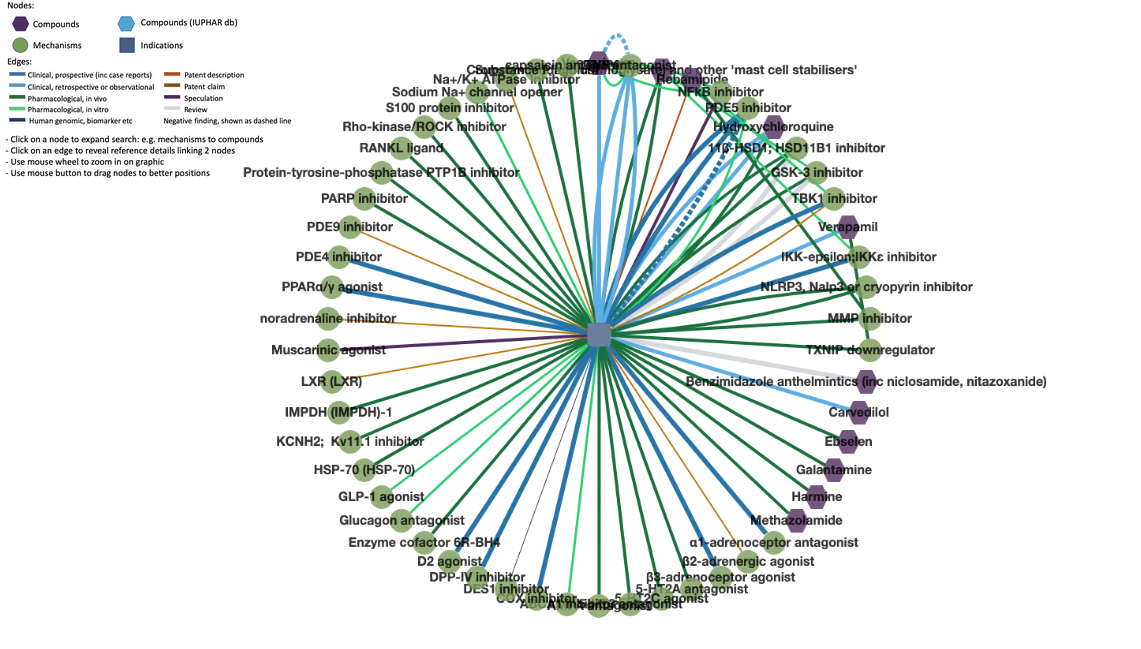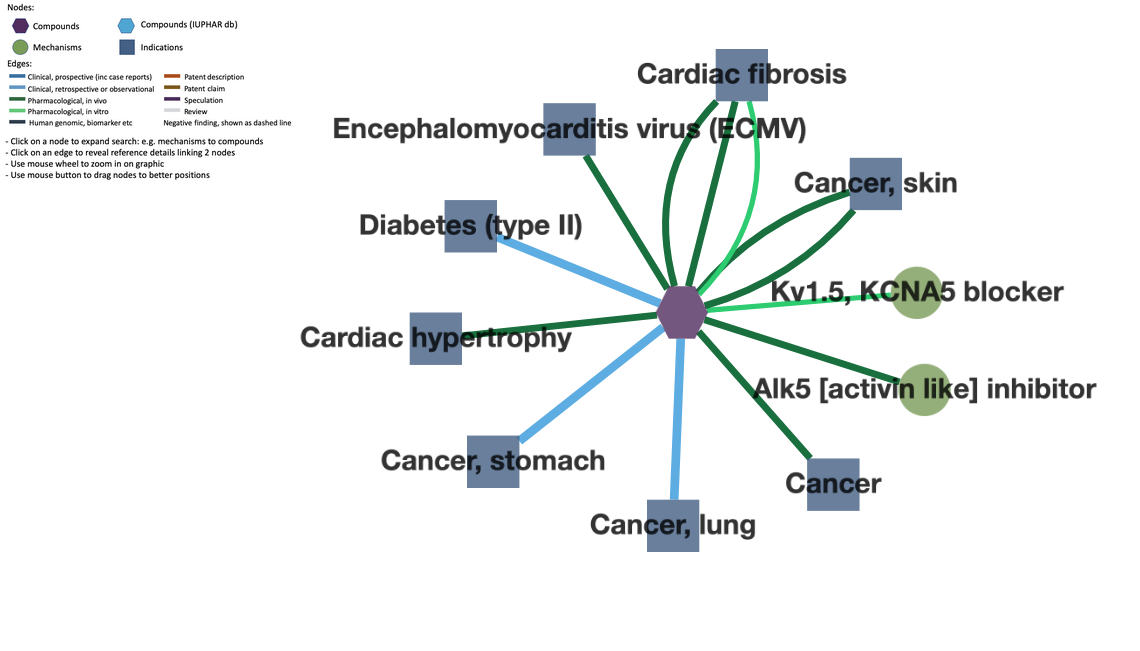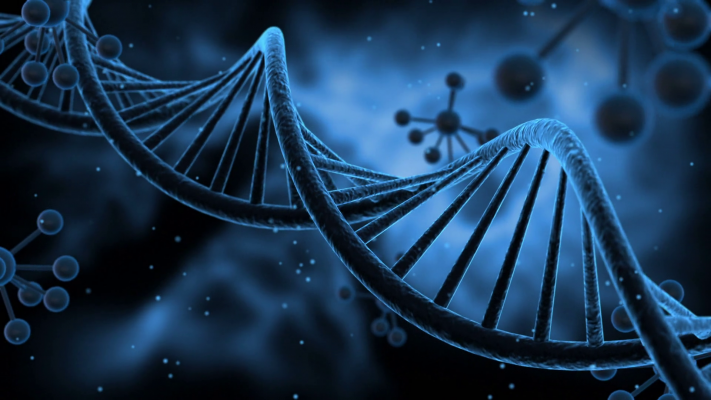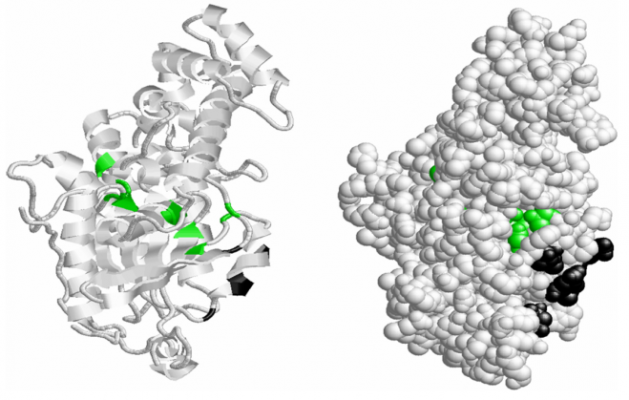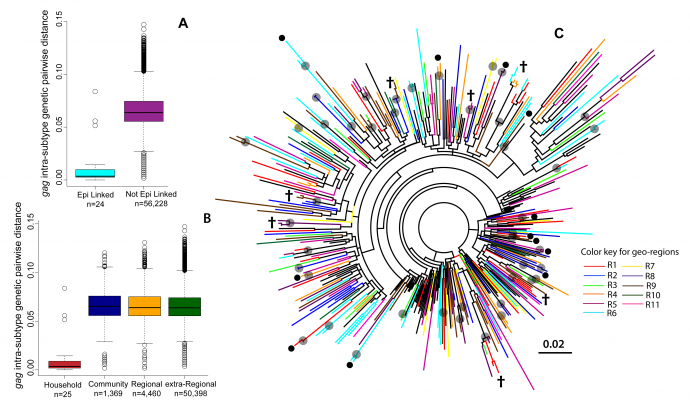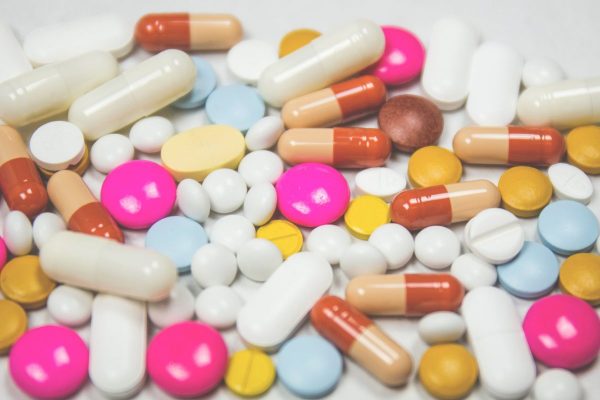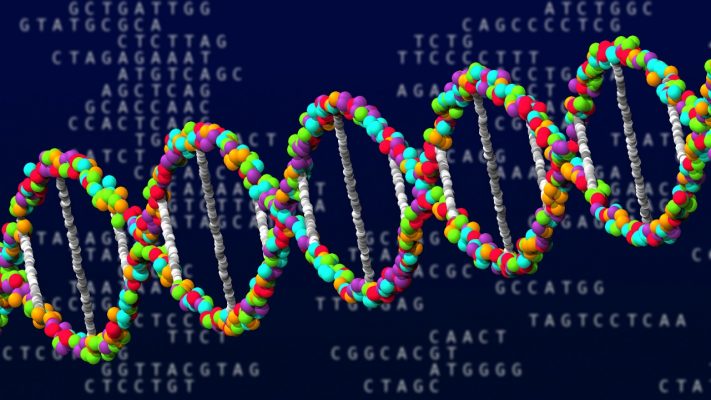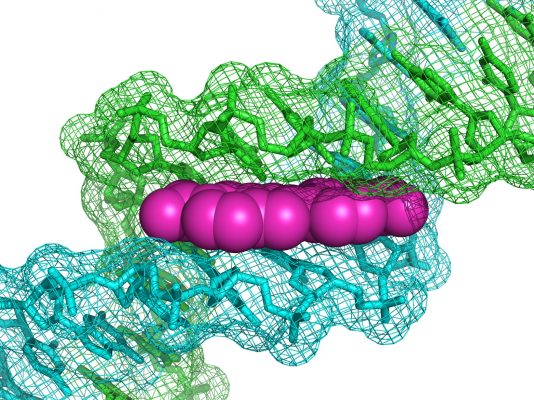DrugRepurposing Online is an open access database created by Numedicus, for finding new uses for both existing and abandoned drugs. Importantly, it is differentiated from other attempts to link molecules, targets and diseases, by focussing functional, experimentally validated content.
Users can freely access this search engine after registration.
Users are encouraged to add new examples of drug repurposing. In this way, DrugRepurposing Online is a community of like-minded investigators, and also a gold standard crowdsourced resource for this most efficient and attractive strategy for medicinal innovation.
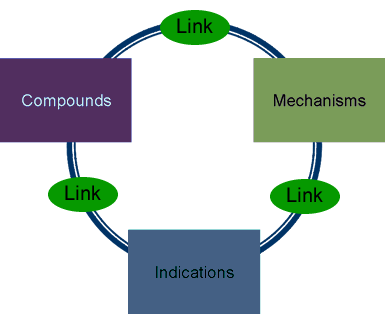
Database content
The database is populated with 4859 literature references, of which 1123 derive from prospective clinical studies or case reports, 242 from retrospective or case control analyses, 2104 are from pharmacological in vivo studies and 490 are from patents. The rest are in vitro studies or genomic associations.
The original Drugrepurposing Online database has recently been supplemented with access to information from the Guide to Pharmacology database (under a Creative Commons Attribution-ShareAlike 4.0 International License). Where adapted, this information will be be provided to researchers upon request who are interested in its use within DrugRepurposingOnline. As part of this integration, 5281 compounds were obtained as a subset from the full set of 11596 compounds in the Guide To Pharmacology database, after filtration by their categorisation as either FDA-approved drugs, clinical trial drugs, or pre-clinical tool compounds from their incorporation in the Drug Repurposing Hub. This filtered set can be searched for their interactions between compounds and mechanisms, and the results carried forwards for their potential use in various indications.
Next…
